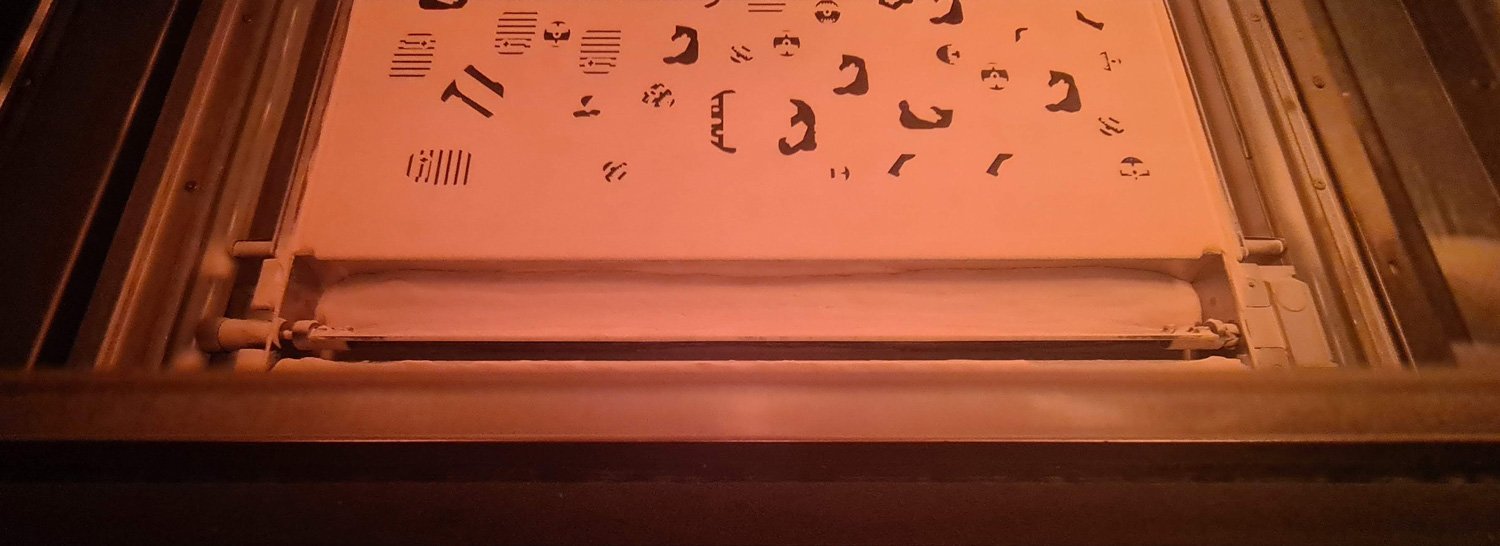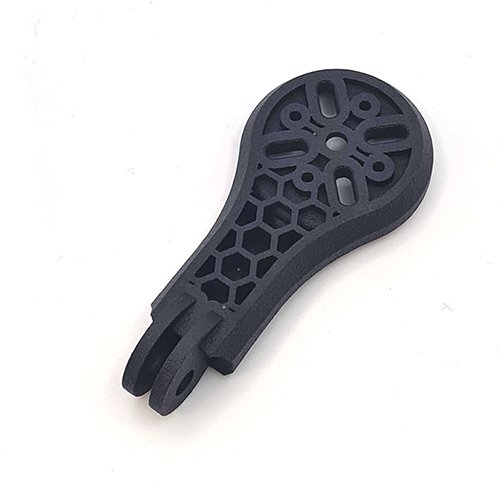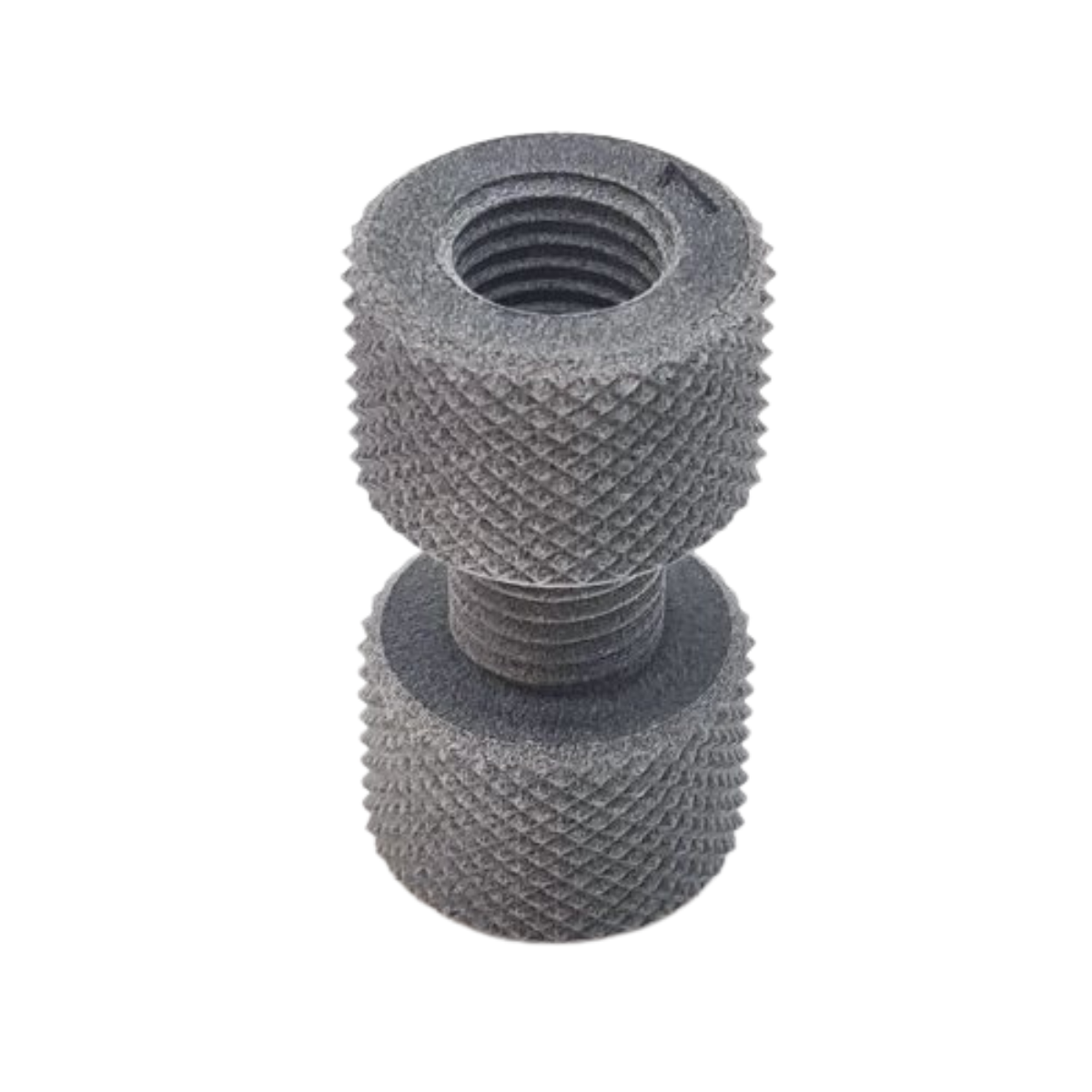
MATERIALS.
As part of our added-value service, we provide free design feedback and advice on achieving your desired aesthetic and mechanical properties, including which materials will provide the results you’re looking for. If not specified, we will print the model in the orientation that we believe will bring the most suitable finish.
PA12 - Polyamide (Nylon 12)
Strong & Durable | Watertight | Chemical Resistant | 80% Powder Reusability
Currently our most popular material, PA12 is extremely versatile and can be used for a wide range of applications, from custom fasteners to full enclosures.
Specific additive design techniques such as internal lattices and variable shell thickness can be used to achieve further attributes.
Key Physical Properties:
Tensile Strength: 48 MPa
Flexural Modulus: 1730 MPa
Tensile Strength: 52 MPa
Flexural Modulus: 1200 MPa
Tensile Modulus: 1800 MPa
Heat Deflection: 175° C
PA11 - Polyamide (Nylon 11)
100% Bio-Based | Strong & Flexible | Watertight | Lightweight | Impact Resistant
Made from castor beans, PA11 is a tougher and more eco-friendly alternative to PA12. Like PA12, it is suitable for a wide range of applications and particularly excels when used for parts that need to be regularly flexed or withstand impacts.
The chemistry of PA11 makes it more flexible than PA12, and the model of MJF printer we use allows it to deliver a smoother surface quality. This makes it perfect for applications such as sports equipment, automotive interiors, and medical prosthetics and orthotics (O&P) to name but a few.
Key Physical Properties:
Tensile Modulus: 1600 MPa
Heat Deflection: 185° C
PA12 DESIGN TIPS
Minimum wall thickness 1mm. Down to 0.5mm in small areas.
Max wall thickness: 8mm. We can print large solid models but will recommend that we hollow or add lattice to reduce the chance of dimensional inaccuracies such as warping or sinkage.
Minimum gap between surfaces not to be fused should be 1mm. Smaller gaps can be achieved between tangent surfaces.
Large flat surfaces can may distort, especially with variable wall thickness.
Sudden changes in thickness may lead to distortion.
The Adams Engineers and Equipment inc, have a very useful handbook on design for MJF.
As part of our added value service we provide free design feedback and advice on achieving desired aesthetic and mechanical properties. Unless specified we will print the model in the orientation that we believe will bring the best finish.



